If you want to know how to add nitrogen to soil, you have come to the right page. In fact, it is not the only thing we will present in this article.
There will be a lot of knowledge and information for you about gardening related to the use of nitrogen.
As we know, garden soil is full of vitamins and nutrients. They both work together to nourish and grow the plants.
Nitrogen is one choice of nutrients to support the growth that you can see from the pattern and appearance.
The three most important nutrients include potassium, NPK – nitrogen, and phosphorus. When it comes to planting growth, they are all you want.
If the garden does not have enough nitrogen, the plants would die. So, adding this nutrient is a vital thing.
Why Plants Need Nitrogen?
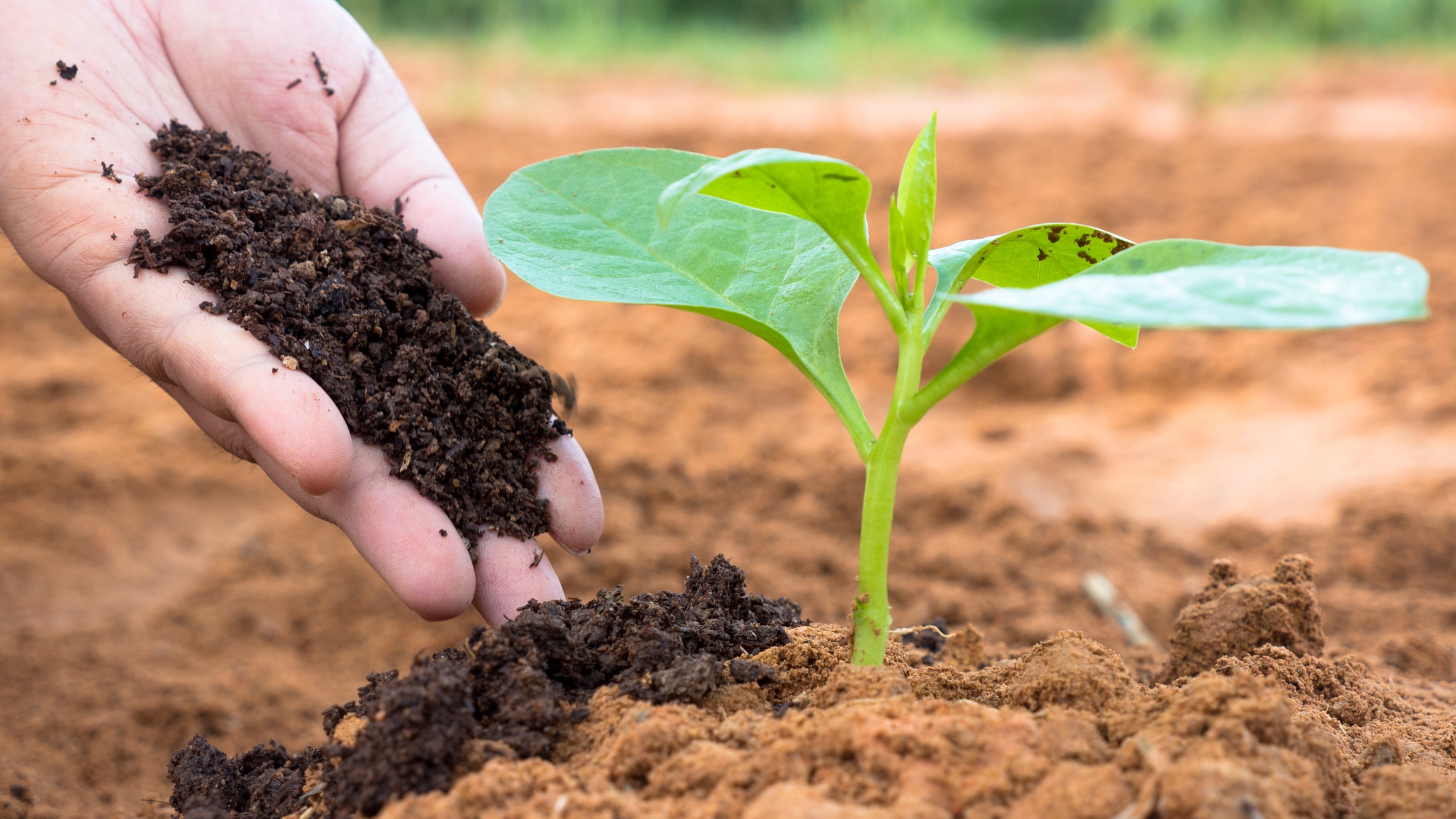
It was explained briefly above that it becomes the plants’ important nutrient. Generally, nutrients and vitamins are what the plants rely on.
The need for nitrogen on each plant is critical. They cannot make themselves without making amino acids, proteins, and DNA which is supported by nitrogen.
In other words, plants cannot live without nitrogen.
Nitrogen is not something hard to find. This nutrient exists all around us because it is part of our daily air for breathing.
In the world of gardening, that is not exactly what the plant needs. The substance has to be in the soil to be useful for growth.
As said before, besides Nitrogen, plants need phosphorus and potassium. So, what those nutrients do to the plants.
Well, each of them has some specific things to do. They are like the head, arms, and legs.
Phosphorus will help in developing flowers, root systems, and fruits. While potassium will keep the roots healthy.
It also aids the fruits and flowers. Potassium helps the plants to tolerate drought and other stress.
Low phosphorus, the leaves would turn red or purple when it is supposed to be green. They also have twisted and irregular shapes.
Meanwhile, low potassium means that the lower leaves will be dead or wilting.
How to Determine Nitrogen Deficiencies

In order to do this, you may need a standard kit to test your soil. You cannot test it accurately without the kit.
Instead, you can also send it to the professional. Check your local extension office. They may also offer that kind of service for free.
Just head to the garden centers or hardware store to get the soil testing kit. Doing it by yourself at home would also give a result that is close to accurate.
You will know if the nitrogen deficiency is present. Soil testing is the initial step to do if there is any problem.
Unfortunately, you cannot do this based on your feeling because adding too much nitrogen would do more harm to the garden.
The Symptoms of Nitrogen Deficiency

When a plant does not get enough nitrogen, there will be some signs that appear visually. This necessary nutrient will get the plants to grow and develop.
Most gardeners would notice the symptoms when the plants are still young.
It is crucial to catch the sign early so you can still fix it. When they are not at the early stage anymore, the plants may already close to death.
Here are some symptoms of nitrogen deficiency:
- The Flowers would die faster
- Smaller leaves than average
- Slow and stunted growth
- Smaller flowers than the average ones
- The lower leaves are turning yellow and fall off at the end
- Small and Lower quality fruits
- The upper leaves are green but yellow would soon begin to creep up
How to Add Nitrogen to Soil
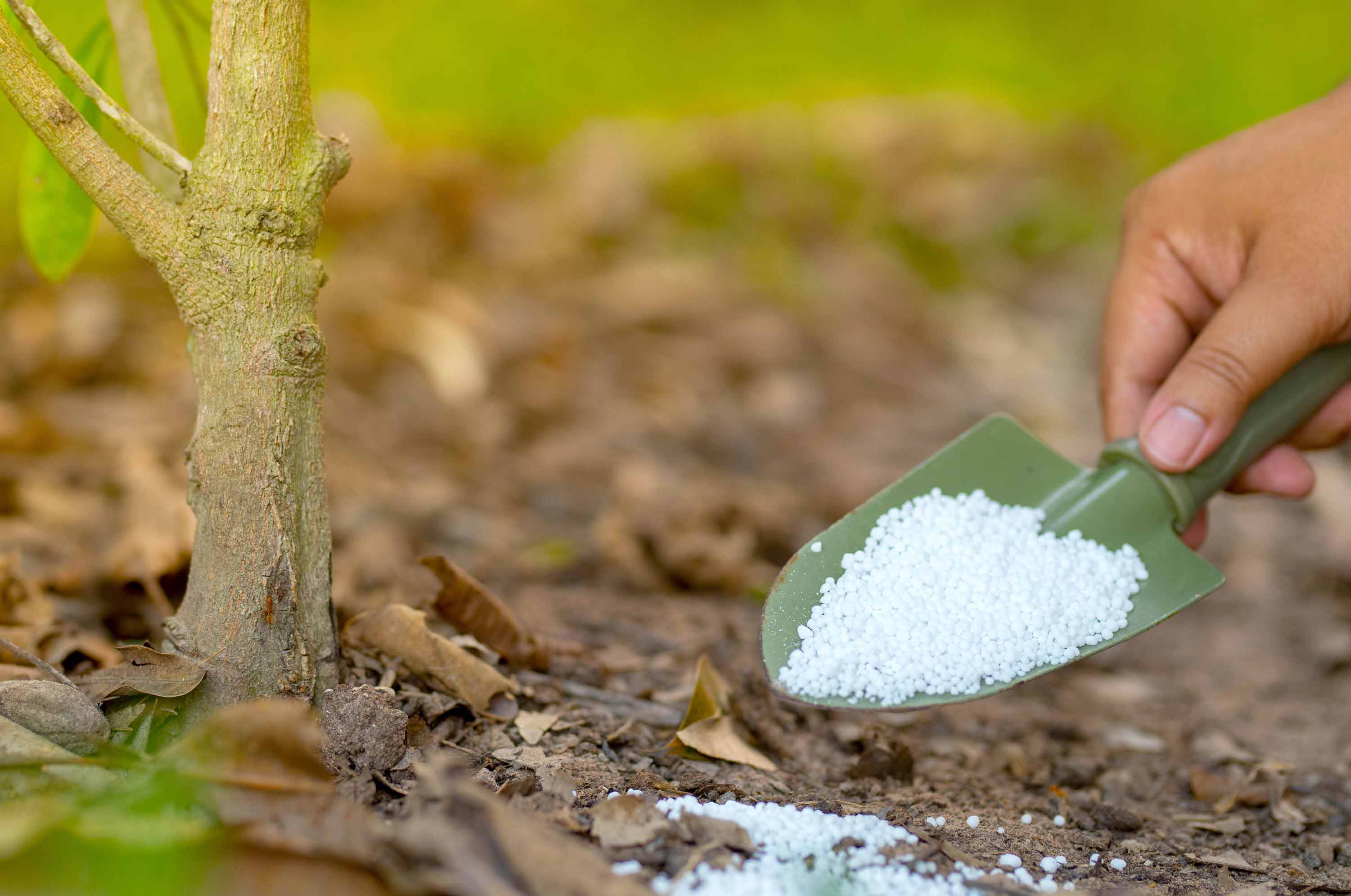
Once you see the symptoms or signs of nitrogen deficiency on your plants, fix the soil by adding more nitrogen to it. There are two choices of methods, the organic and non-organic ones.
Although taking more time the organic method would give an even distribution. While the non-organic one can increase the risk of burning the crops if adding too much of it.
In this part of the article, we will provide you with several options to add nitrogen to soil.
Composted Manure

Adding nitrogen to the soil in a form of animal waste is a great organic option that many gardeners use.
The nitrogen content is so high in this material. You may not want to add this nutrient directly to the soil. It will ruin the plants.
So, composting is crucial before applying nitrogen to the soil in your garden. The process runs about 6 months.
Among other manures, the one from chicken is the hottest one. So, composting it before the application is very important.
Besides, the cow, goat, or rabbit manure is not as hot as the chickens. So, it would reduce the chance of burning the plants.
The composting process is still a must. Obviously, these are not the nutrients for your soil if you want it fast. However, this step will last the longest.
Green Manure Crop

Are you familiar with cover crops? Some crops can fix the nitrogen deficiency problems. There is a big difference between green manure and beans or legumes that could also fix nitrogen.
Growing cover crops is not for harvest. The purpose of planting it is only to deal with the issues. Typically, the green manure is planted in the early season.
Otherwise, using this option brings a downside. It takes a lot of time and effort to remove them.
Nitrogen-Fixing Plants
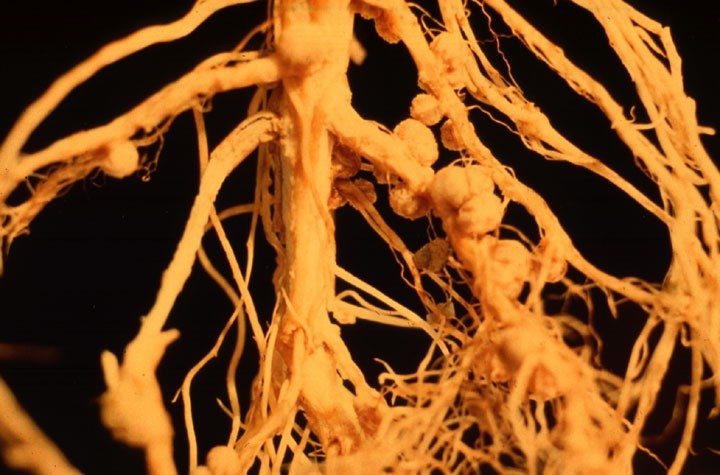
Another way of how to add nitrogen to soil is to plant nitrogen-fixing plants. As mentioned before, beans and legumes can also be the option to fix the nitrogen deficiency.
Try growing them right at the spot where you have the nitrogen-hungry plants last year. Therefore, crop rotation is so crucial. You have to put it on the plan list for several years to go.
One important thing to do is to avoid the use of fertilizer in the garden beds or spots where you plant the beans and legumes the years before. There will be too much nitrogen.
Coffee Grounds in the Soil
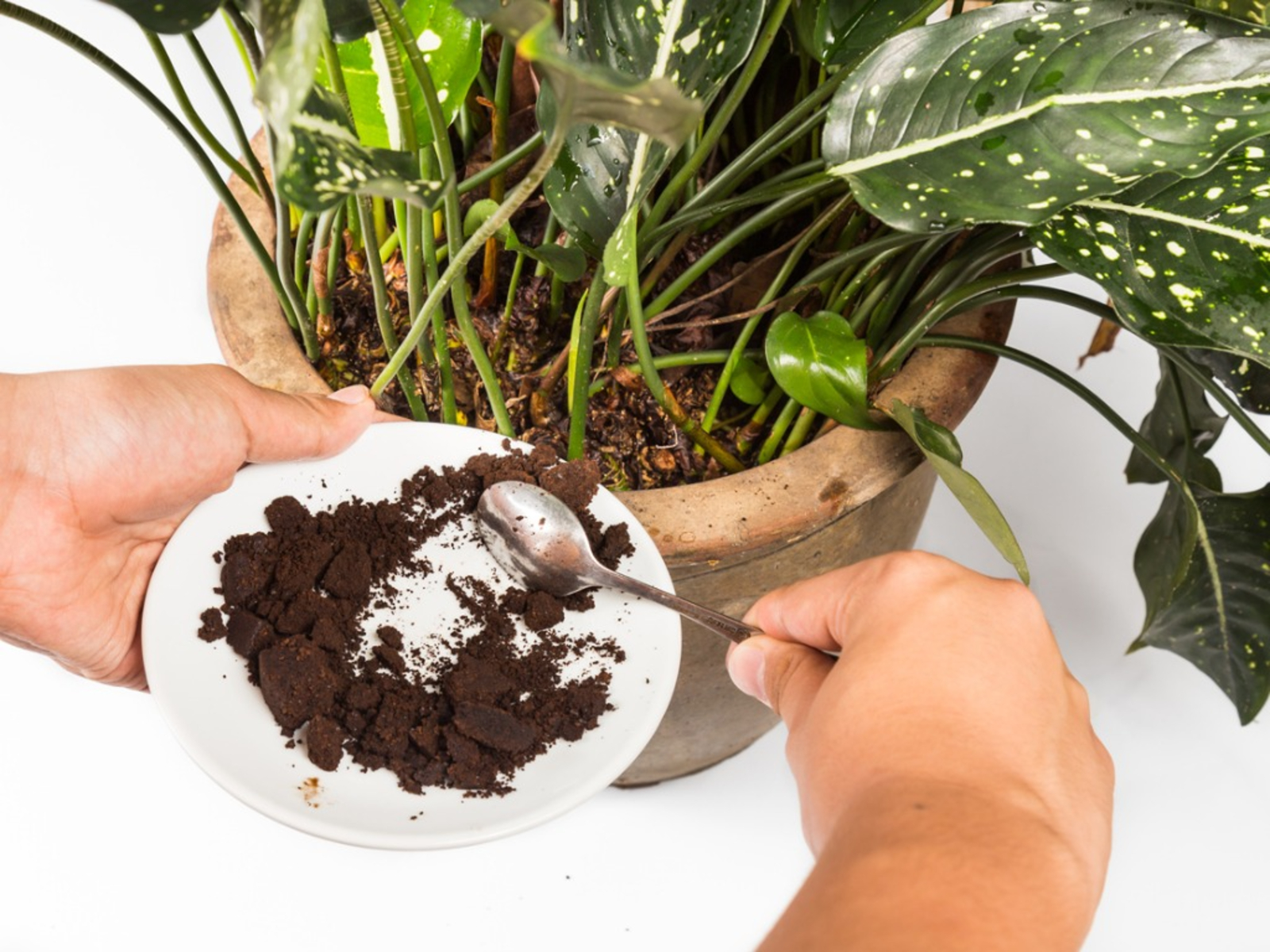
For a coffee lover, this could be their favorite option to add nitrogen to soil. You will need coffee grounds as the source of nitrogen.
If you know someone who works at a coffee shop, you may ask them to give you the used ones for free.
It is such an excellent nitrogen source to add directly into the soil. This process may take time for the grounds to break down.
The good news is that this material will help to aerate the surface and improve drainage quality.
Fish Emulsion

Another way to add nitrogen is to use fish emulsion. This is considered a nitrogen-rich fertilizer.
The NPK ratio of this product is 5:1:1 which means the nitrogen dose in the fish emulsion is not on the level of ability to burn your plants.
Using fish emulsion to add nitrogen to the soil will give the plants many benefits. It contains various micronutrients to support growth, such as Chlorine, Magnesium, Sodium, and Sulphur.
Purchase the product at garden centers. They sell fish emulsion. To dissolve it, you will need water.
In a gallon of water, pour 2-3 tablespoons of the product. Pour the solution into the soil.
If you have a fish tank or an aquarium, it can be an alternative version of fish emulsion. Do not dump out the water in the tank during the cleaning time.
The fish droppings in the water have a lot of nitrogen you can use for your soil.
Grass Clippings as Mulch
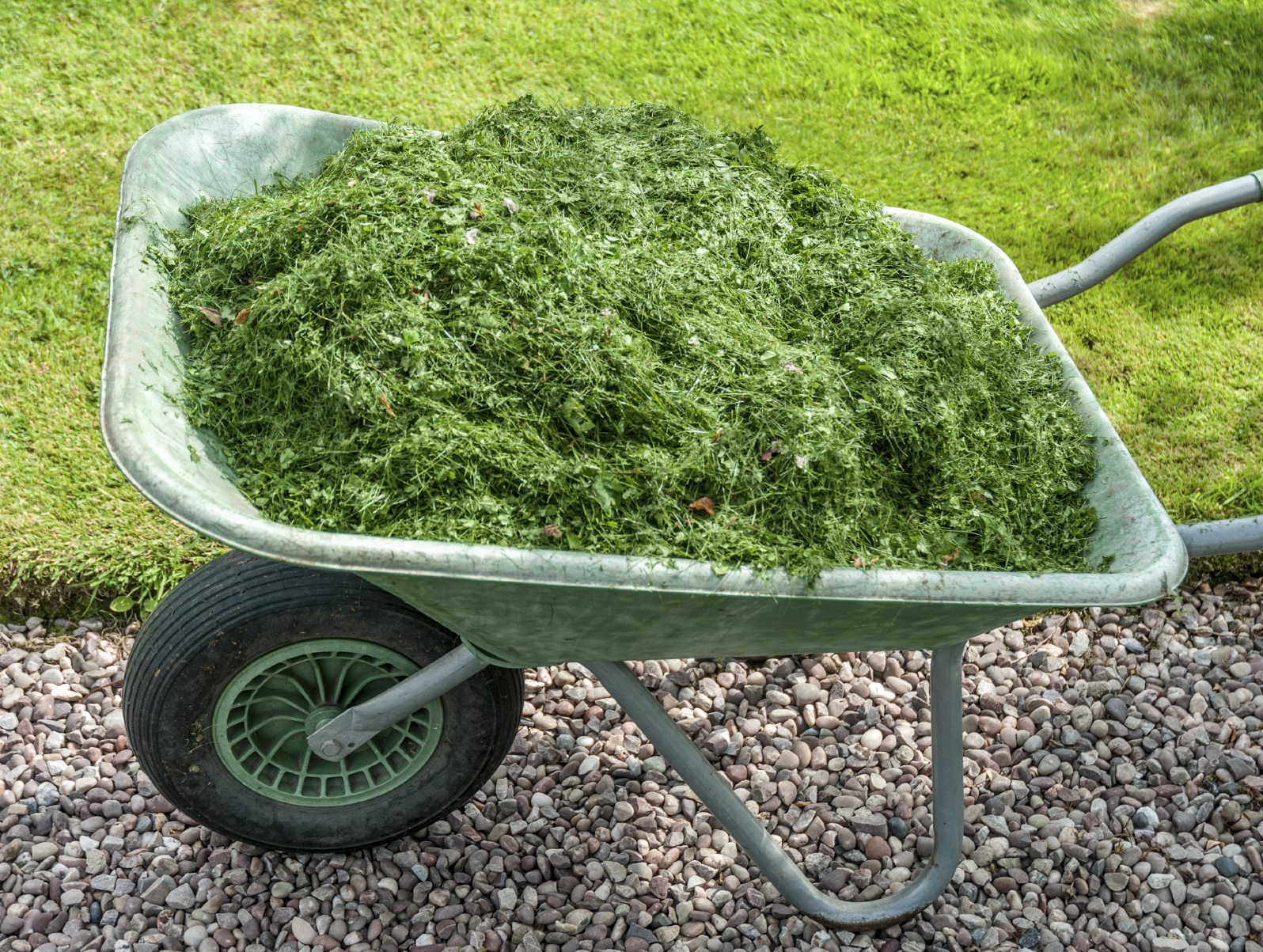
The clippings from grass cutting during the summertime will be very useful. Although there were no pesticides or chemicals used before, those clippings are found.
You can apply the grass in the garden bed.
It becomes an organic mulch for your plants. As the clippings get decomposed, the nitrogen would get back into the soil.
Plant Fertilizer (Chemical or Organic)
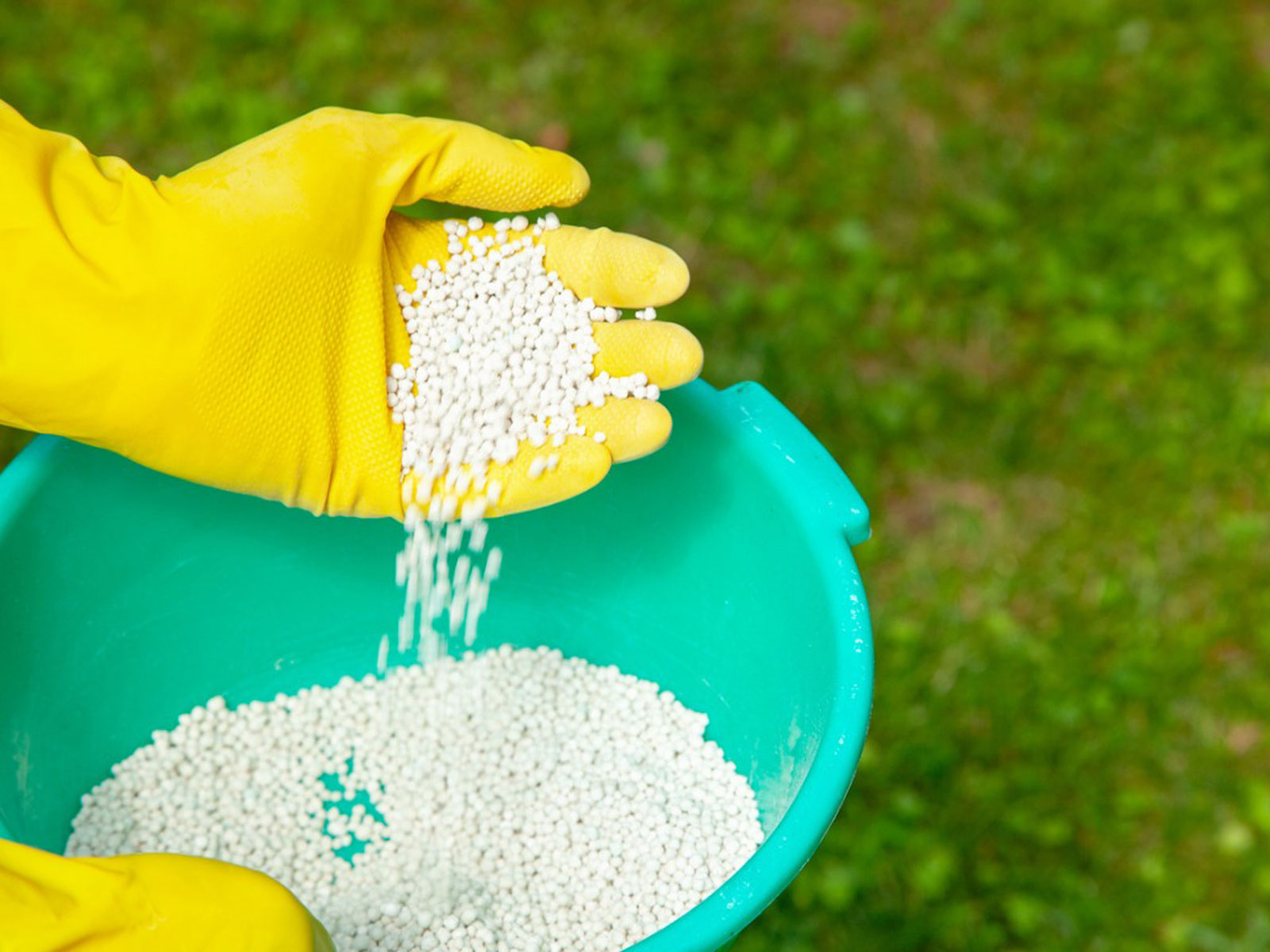
Using chemical fertilizer is considered the last choice you can choose. When you can have the organic one, it should come first.
Find the product that has a high first number in the NPK ratio. It is displayed on the package’s label, 1-1-1.
The first number tells you about the amount of nitrogen. If you choose the product with a larger first number, it may give a great boost to the soil.
For a chemical fertilizer, you have to be careful using it. It tends to fade away faster. A high risk of burning the plants will occur if you apply too much at once.
The organic one would take longer to absorb.
Choosing the Right Fertilizer
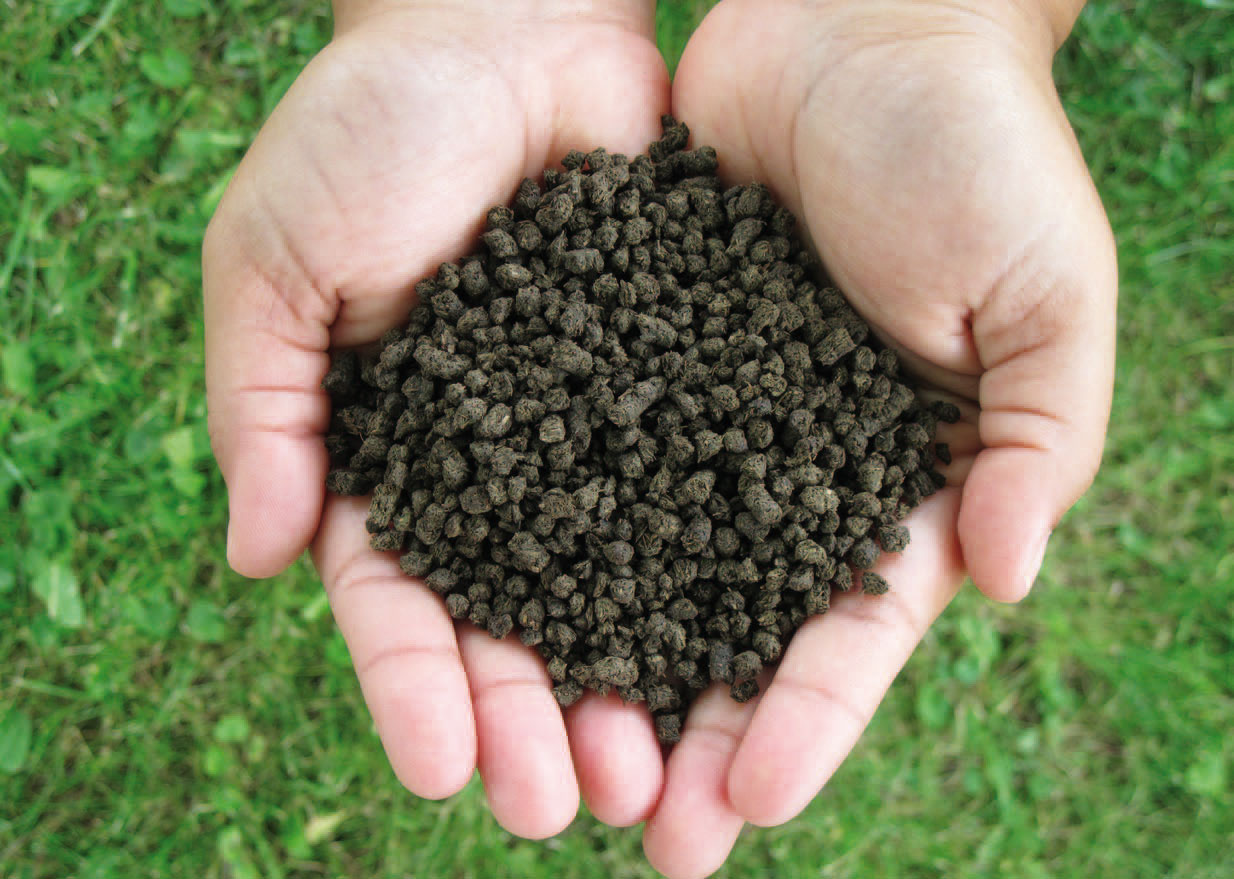
As said before, the numbers on the label of fertilizer product would tell you about the percentage of nutrients. For example, a bag of the rose food says 12-6-10.
It means that the product has 12 percent of nitrogen, Phosphorus in 6 percent, and Potassium at 10 percent.
According to the needs of your plants or soils, you can choose another product which up to one of the nutrients.
For example, if the problem is nitrogen deficiency, you can go with this bag of the rose product since it has nitrogen percentage the highest. This is for you who want to plant a rose.
When the rose has grown so many leaves but the blooms are not as much, you will need the fertilizer with higher Potassium. It will boost flower production.
The percentage of Nitrogen needs to be lower to stimulates the growth of the leaves.
Many selections are available to go for adding it to the soil. There is various form of fertilizer you can choose, the slow-release granules, liquids, powders, and spray solution.
Remember to read the instructions. It is the most essential step.
Be Cautious with Fertilizer
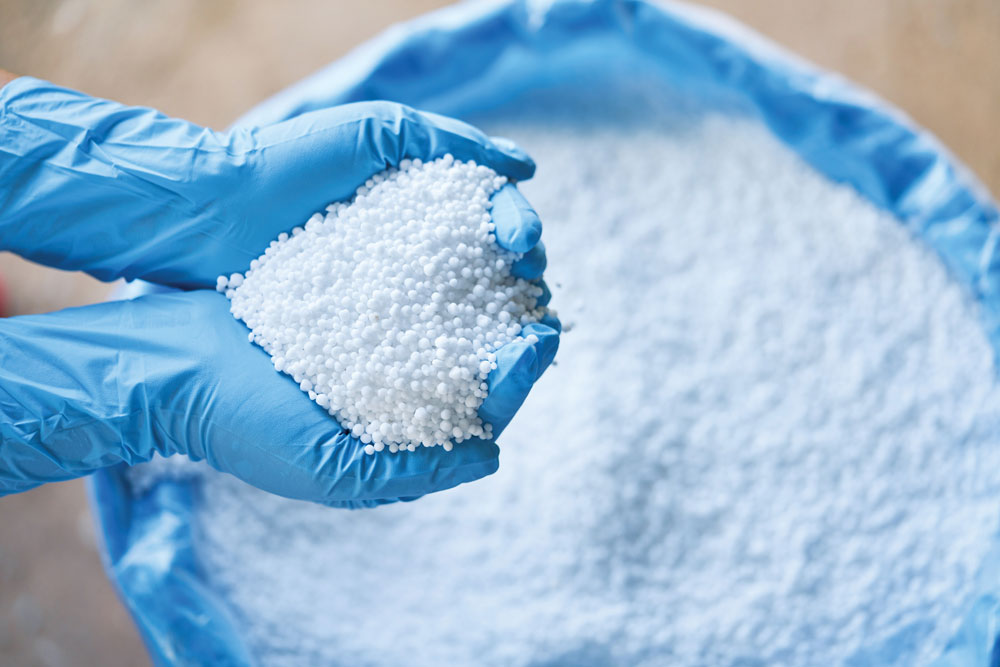
In using fertilizer for your garden, you have to be careful. It is a way to alter the nutrient balance of the soil.
There is a risk of pH imbalances, pollution to water sources, and unhealthy soil which can cause pests and diseases. That will happen if you apply it without any consideration.
Do not add too much nitrogen. It is a wasteful endeavor that will harm the plants. Adding more nitrogen will not solve a problem with pH balance.
Busting the Myths About Nitrogen Content
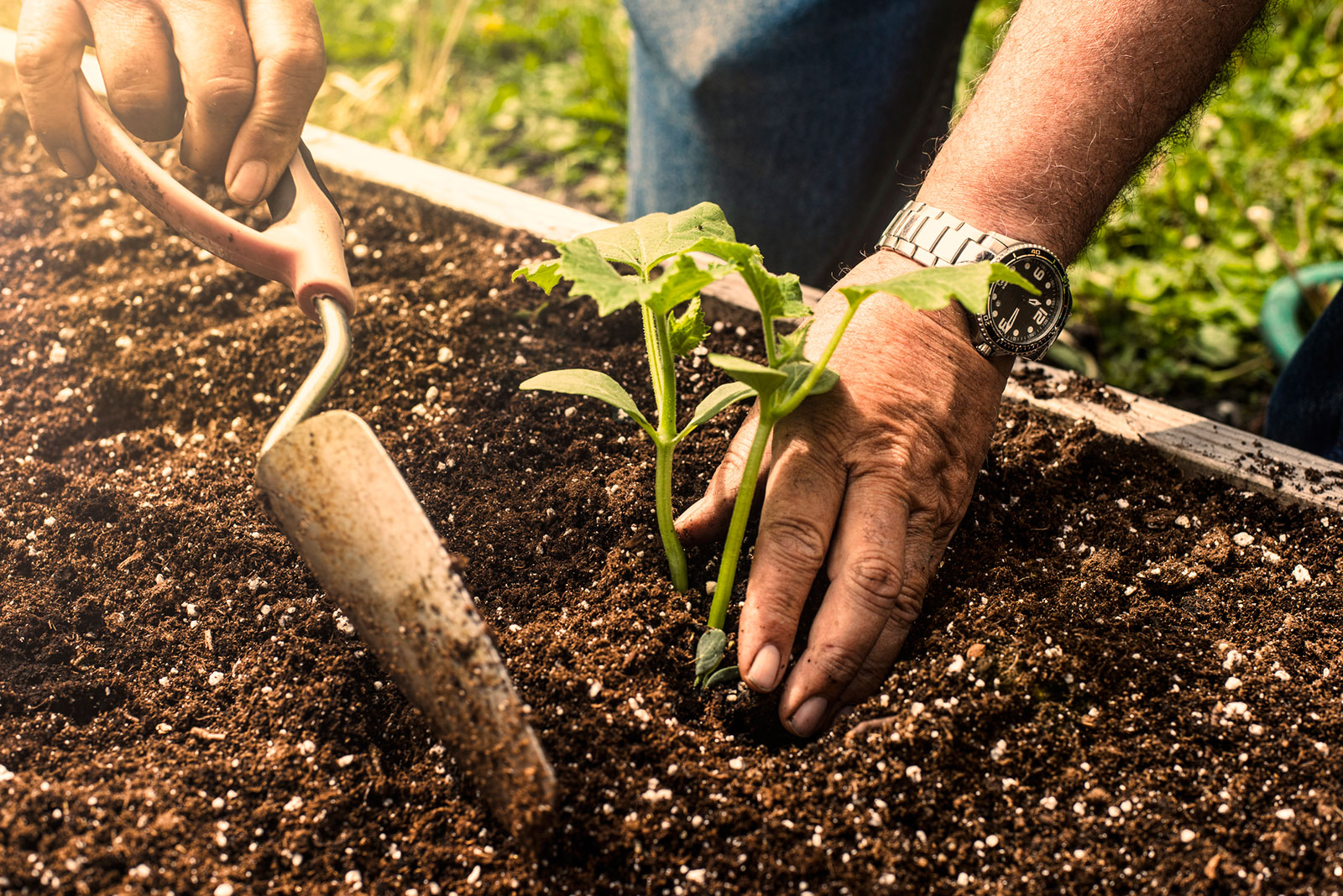
Since there is plenty option of natural fertilizer, some of them are not that useful for the plants. Let us take a look.
Egg Shells
This way of adding nitrogen to soil is probably one of the easiest to get. Eggshells are just kitchen scrap. Just throw in the garden to address the imbalance of nitrogen on your soil.
Even though it seems to be an interesting idea, the nitrogen content in the shells is not high enough.
You need to have so many eggshells which are hard to get since it is just a home remedy.
However, the eggshells are also useful to keep some pests like snails and slug away from your plants.
Human and Dog Waste
It is a bit different than the previous animal waste in composted manure option. Some of you may have heard about this option before. Well, do not use it.
Having human and dog waste into the compost is a bad idea.
It would definitely contaminate the food supply or plants and spread the disease through the feces. Animal waste for fertilizer is different from human’s or dogs.
Urine
It is not the same as the composted manure. Urine is a great source of nitrogen. This is probably one of the unpopular methods to add nitrogen to the soil.
Many people prefer to apply other methods than this one. Well, it is just gross.
Conclusion
For those of you who are facing a nutrient challenge, this guide would be very helpful. After knowing how to add nitrogen to soil, you will have an amazing healthy garden.